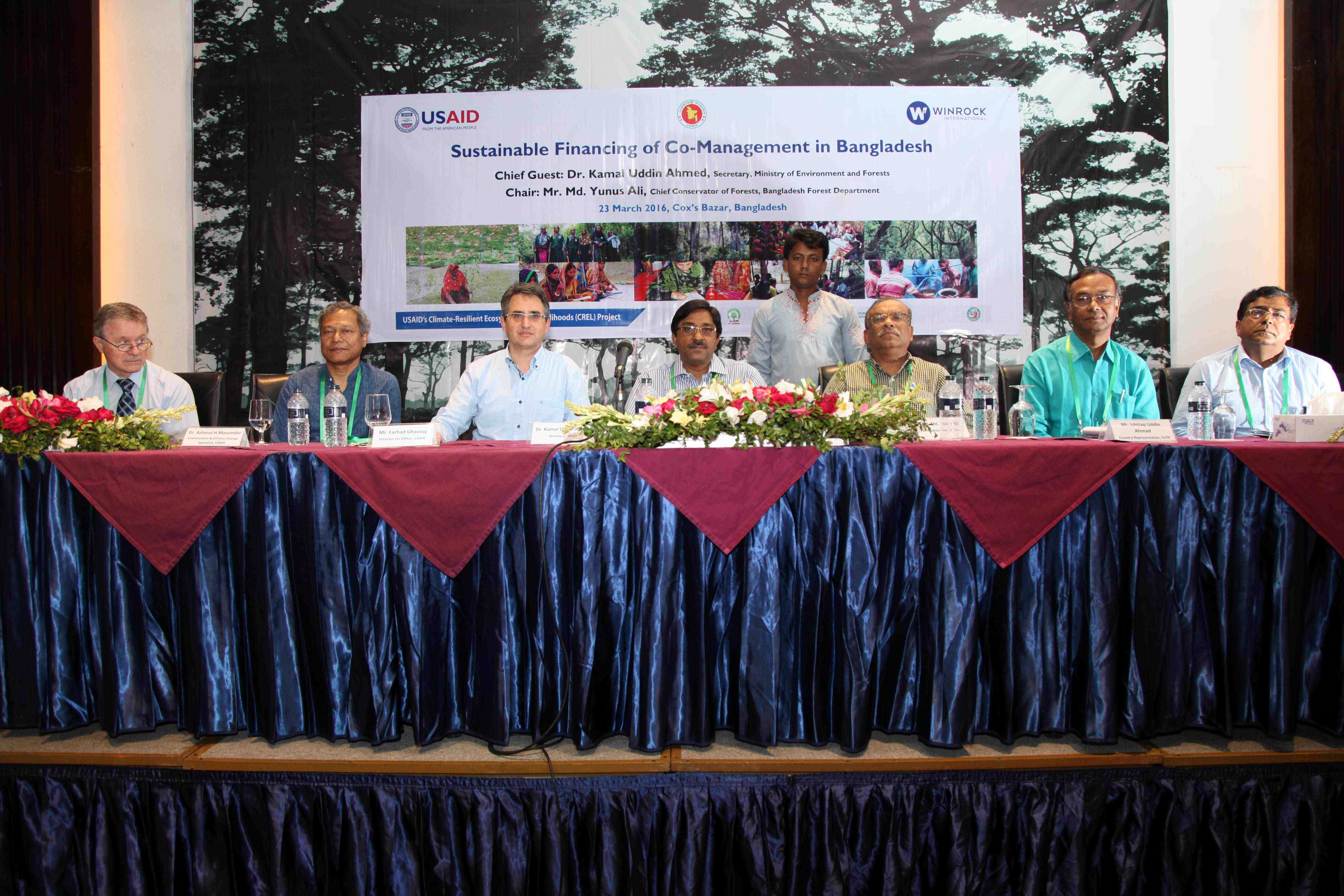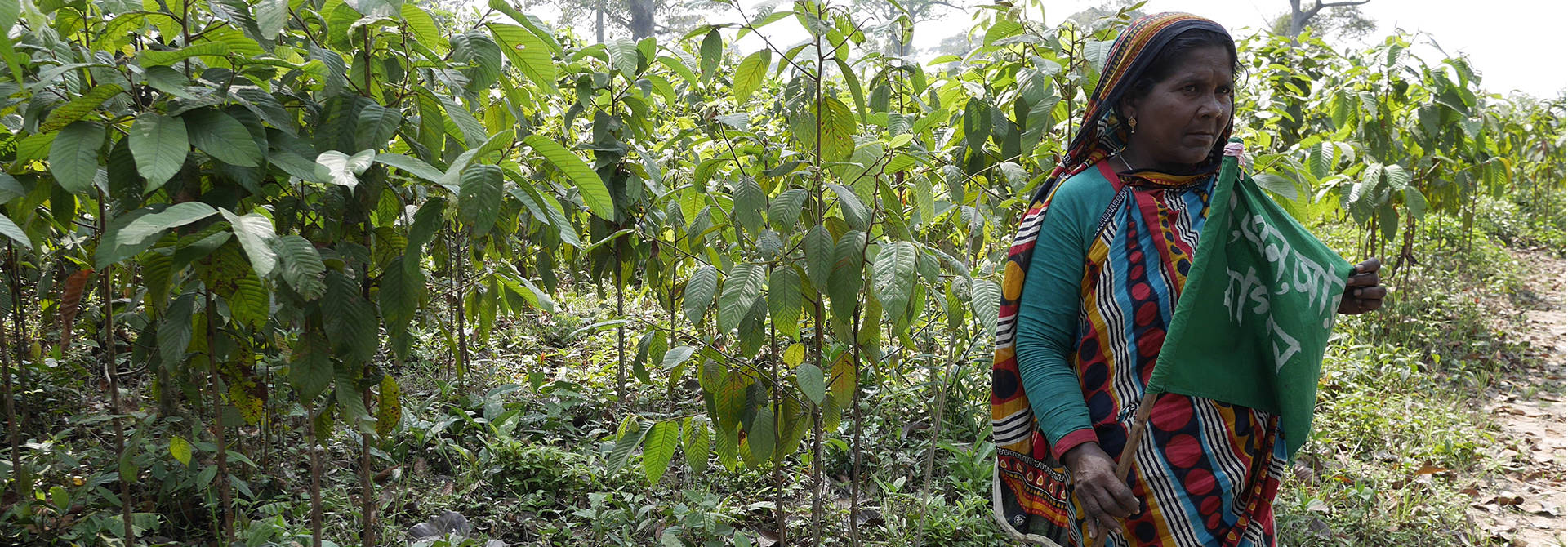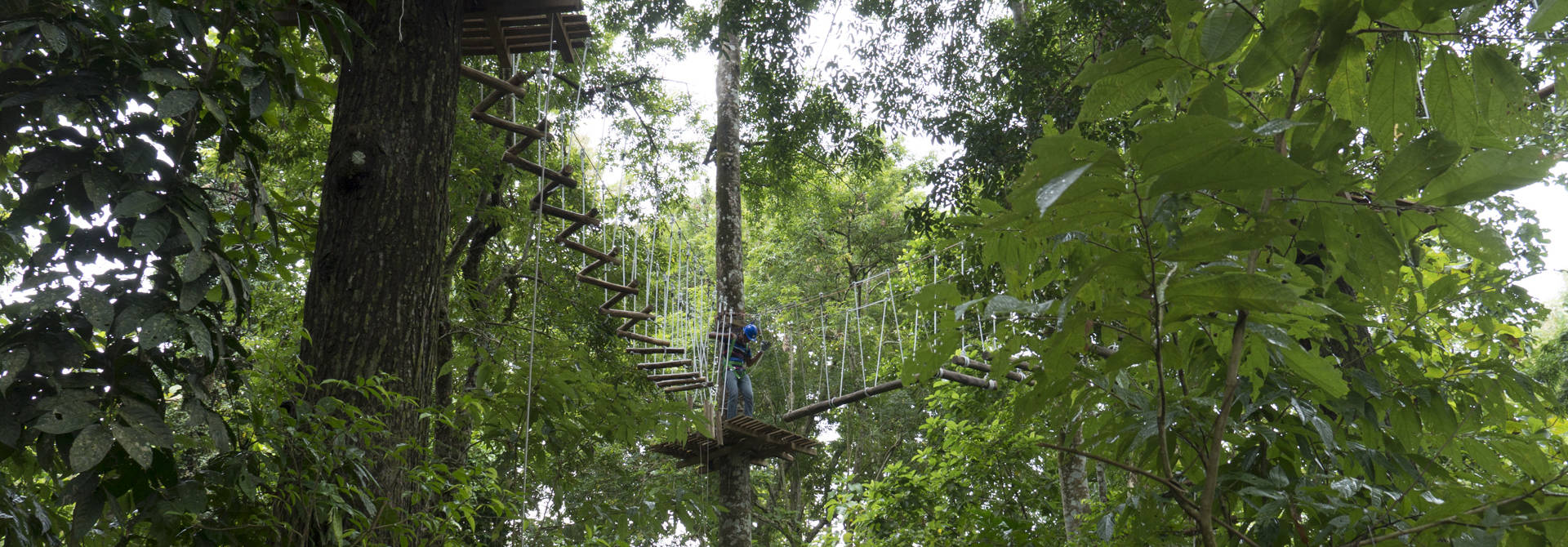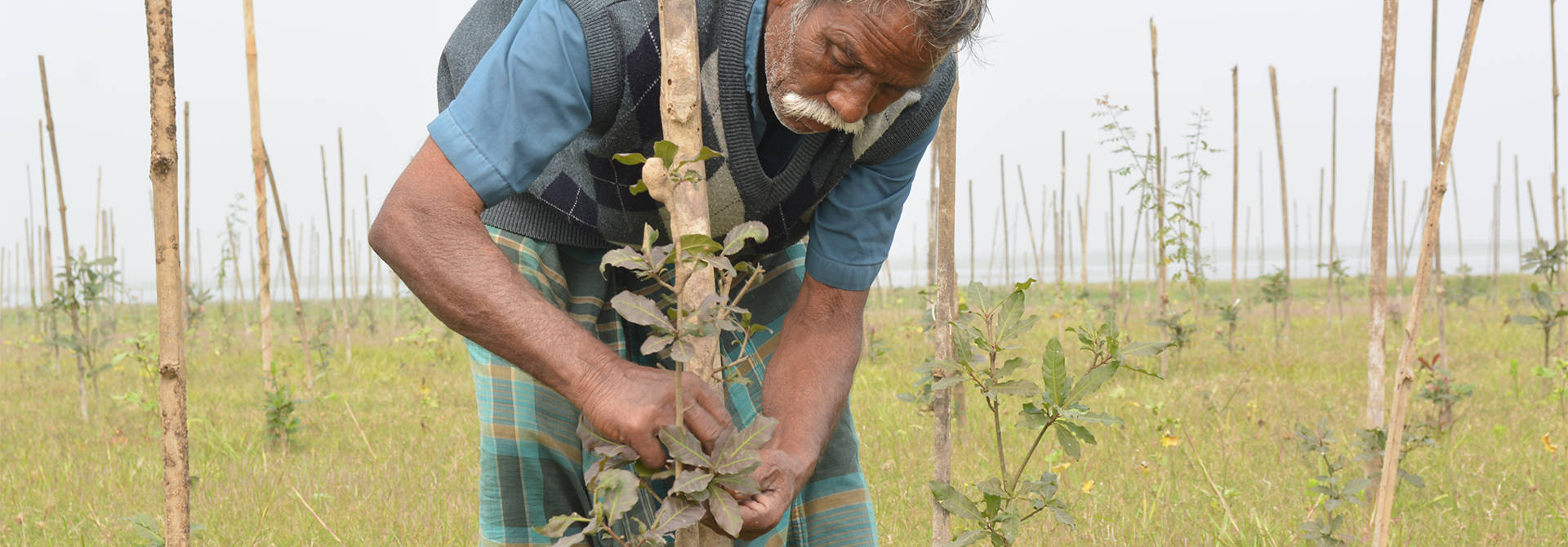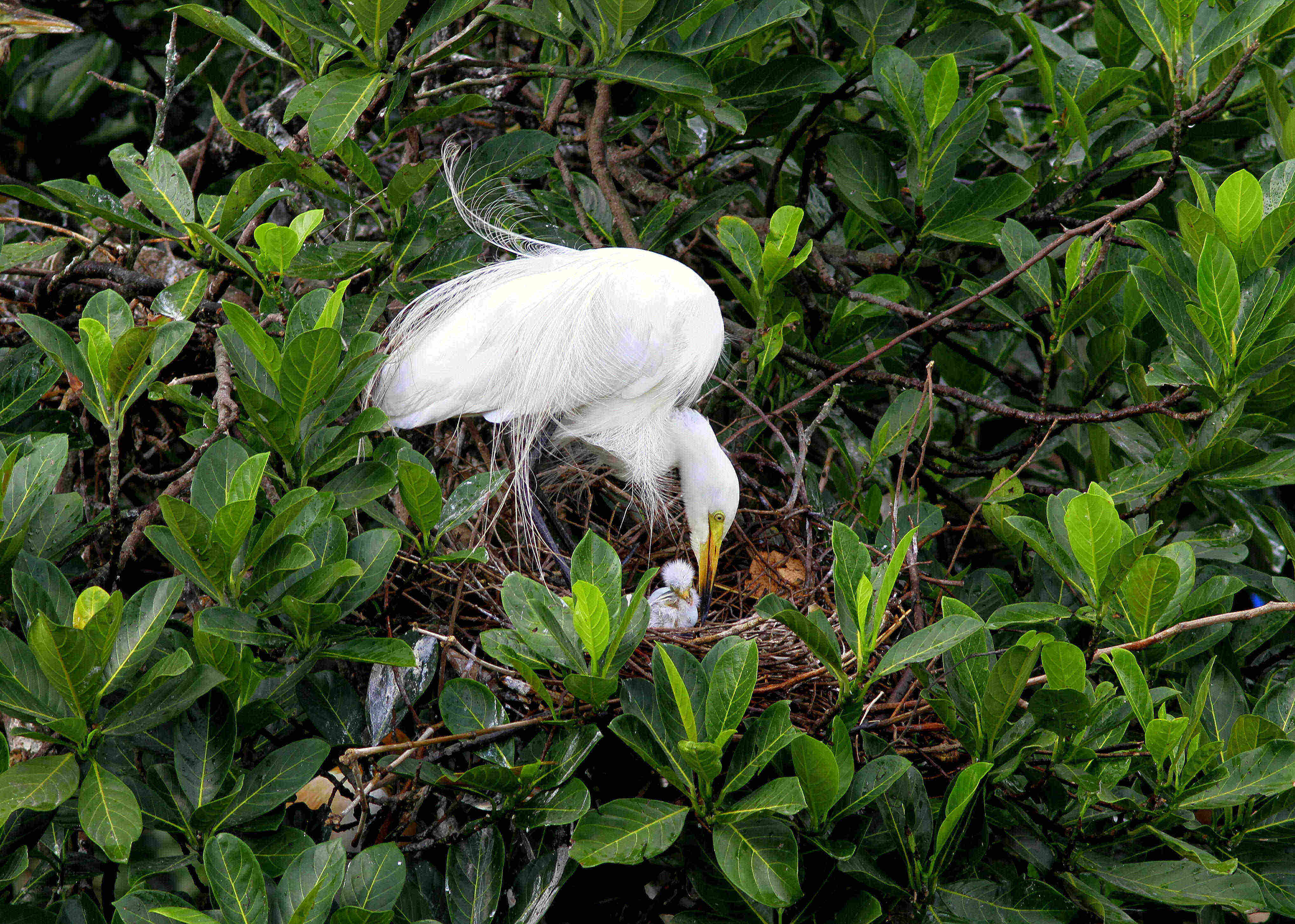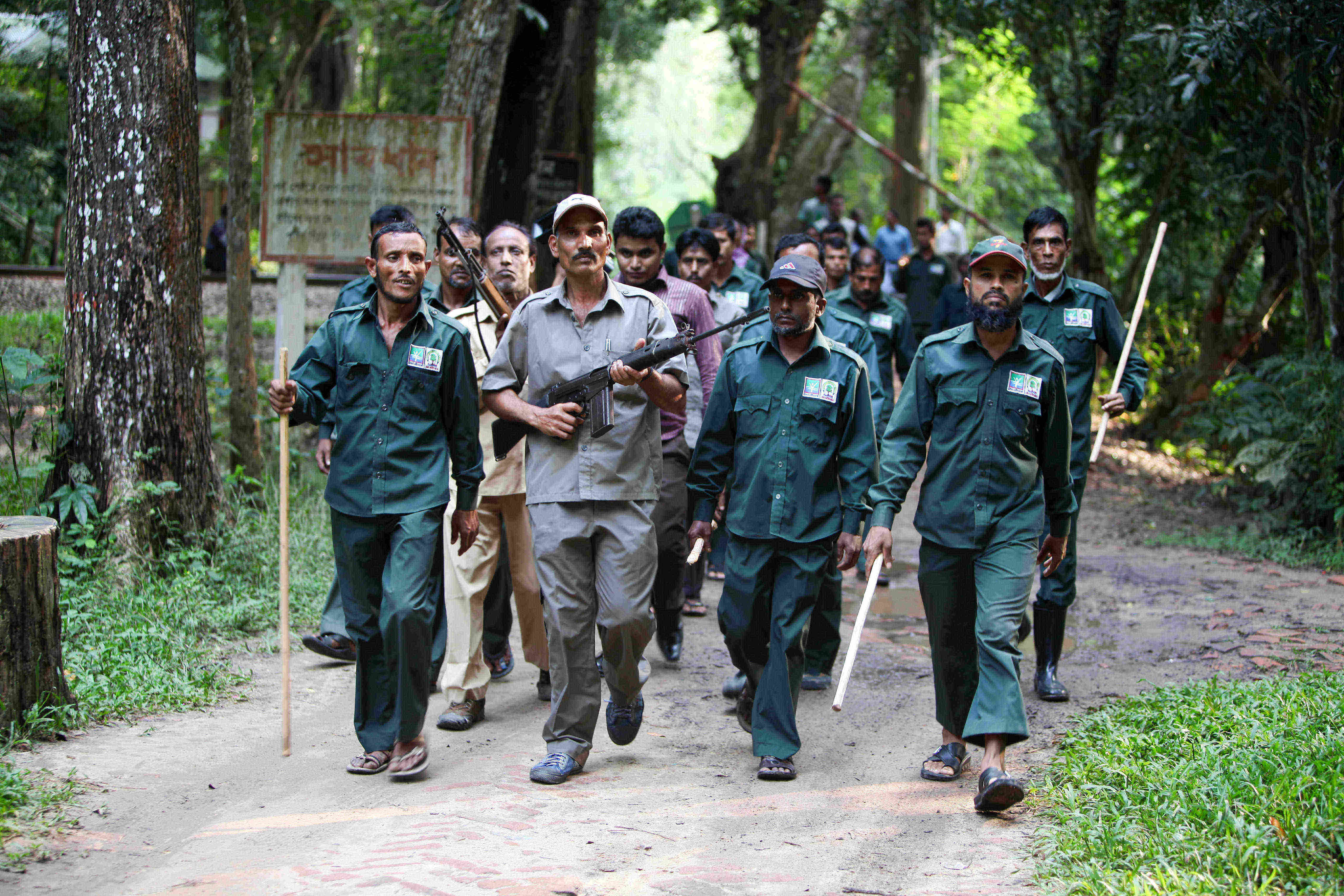Co-managed Protected Areas
Nishorgo Network
The basic premise of the Nishorgo Network is a collaborative response to conserve, restore and enhance dwindling biodiverse ecosystems (forest protected areas, wetlands and ecologically critical areas) in Bangladesh. Collaborative approaches work jointly between the local community (usually organized into community based organizations), civil society and Government through collaborative or “co-management” bodies, and/or by devolving responsibilities to community-based organizations. The aim is to reverse degradation of these ecosystems. Focusing on conservation, collaborative management and pro-poor activities are the main principles adopted by network members.Today, climate change is no longer a future threat, but a current and urgent issue to address for the Government and the communities living around forests and wetlands. Building resilient communities and ecosystems to reduce climate change vulnerability through local adaptation is crucial and the Nishorgo Network facilitates adoption of good practices and helps members raise these issues into the national development agenda.The network vision is that it will conserve biodiversity for our future generations. Around the country there are currently 86 co-management bodies (co-management committees of different types and community based organizations) under this network including 26 Co-management Committees in 21 Forest Protected Areas, eight Resource Management Organizations in Hail Haor (wetland), and 52 Village Conservation Groups in the ecologically critical areas of Hakaluki Haor, Cox’s bazar – Teknaf Peninsula, Sonadia Island, and St. Martin’s Island.
